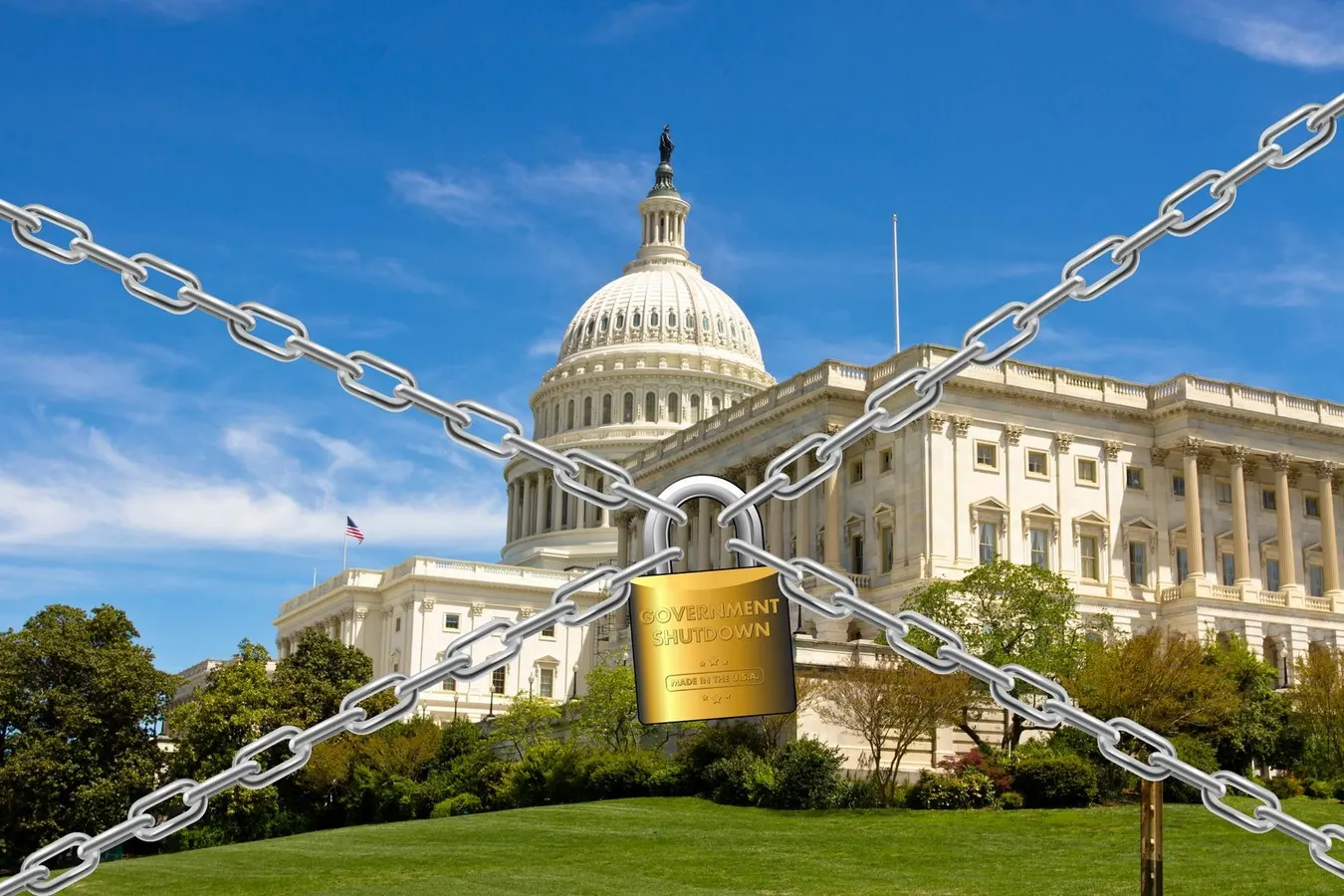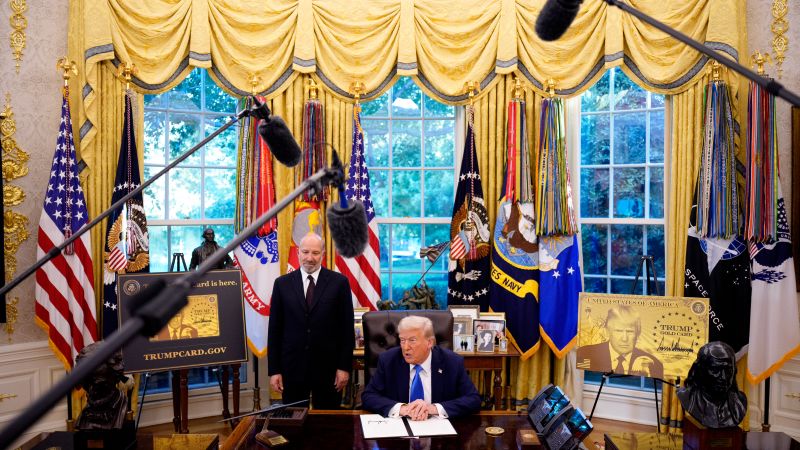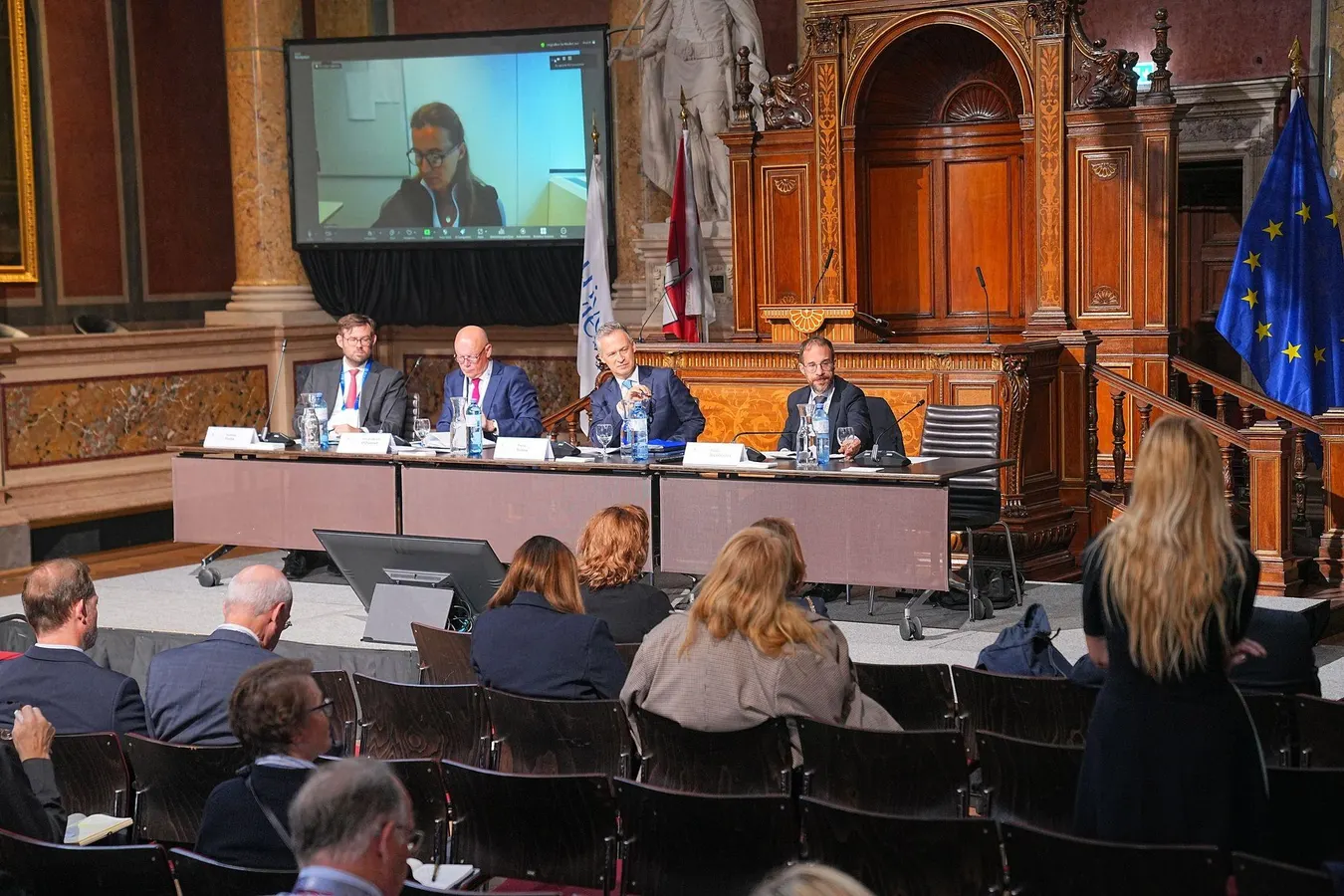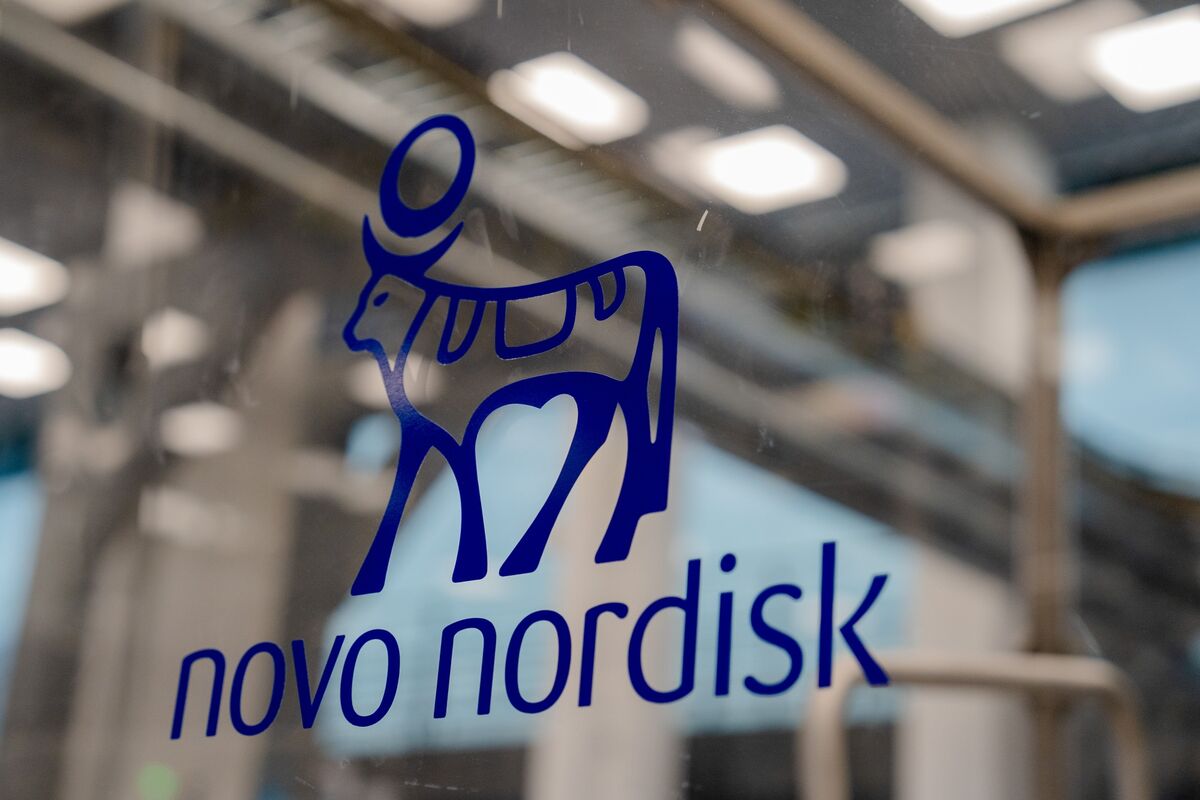By Andreessen Horowitz,Jason Wingard,Senior Contributor
Copyright forbes

Washington bets $86 million on workforce training just as the government shuts down — a contradiction in America’s economic strategy.
As America struggles to staff its toughest jobs, Washington is placing a conditional bet on skills—with $86 million on the line.
A Contradiction in Washington
On September 30, just days before the federal government entered shutdown, the U.S. Department of Labor announced $86 million in training grants to 14 states, targeted at industries like AI, advanced manufacturing, and shipbuilding. The timing was striking. As Washington shuttered contractors and furloughed employees, one agency was handing out new checks for workforce training.
It’s like planting seeds just as the water supply is cut off. The contradiction underscores the fragility of America’s workforce strategy.
Bold Promises, Familiar Failures
In The Great Skills Gap: Optimizing Talent for the Future of Work, I argued that America doesn’t lack ambition for workforce training. It lacks alignment with employer demand.
In my work advising CEOs, private equity firms, boards, and lobbyists, I see the same failure pattern repeat: bold announcements make headlines, but execution lags. My current research at Harvard’s Project on Workforce reinforces the point — investment only works when tied to measurable outcomes, not just good intentions.
The Numbers Behind the Gap
By August 2025, there were about 7.2 million job openings nationwide, but only 5.1 million people were hired into those roles — a gap that has stubbornly stayed wide for months. That same month, employers added only about 22,000 new jobs, signaling slowing momentum.
MORE FOR YOU
Despite 7.2 million open jobs, only 5.1 million were filled in August — the skills gap keeps widening.
The hardest positions to fill aren’t necessarily the high-skilled jobs requiring college degrees. Instead, they’re often middle-skill roles — those needing more than high school but less than a four-year degree. These jobs are more and more essential across industries but remain evasive as companies try to find qualified staff to fill them.
A critical problem, however, is in fast-paced sectors like AI, robotics, and advanced manufacturing; these keep evolving so quickly that schools and colleges struggle to keep up. As soon as curricula and education programs programs get updated, employers have already moved on to the next set of required competitive skills. The skills gap is wide and ever-changing.
A New Round of Grants — And Familiar Risks
This grant round is billed as different. Funds are tied to sectors linked to economic competitiveness and national security: AI, robotics, shipbuilding. States will be judged not just by enrollment but by job placement and career advancement.
Labor Secretary Lori Chavez-DeRemer framed the initiative as key to “fueling America’s economic comeback.” The rhetoric is strong. The record is not. Previous federal training efforts have produced uneven results.
A Journal of Human Resources study found that large-scale initiatives often brought only modest, short-term wage gains. Meanwhile, the U.S. spends tens of billions each year on a patchwork of programs, with little proof they consistently improve employment outcomes. Against that backdrop, $86 million looks more like a signal than a solution.
Private Sector Will Decide the Outcome
If this gamble is to work, it won’t be because Washington engineered the perfect program. It will be because innovators — employers, EdTech platforms, and investors — translate public funds into scalable solutions.
Some are already pointing the way:
Guild connects Fortune 500 firms with training partners through employer-funded education benefits.
Multiverse, backed by Andreessen Horowitz, is scaling apprenticeships in the U.S. as a direct alternative to college.
Coursera and edX are expanding modular micro-credentials designed with employers.
OpenAI Training Academy, launched this year, reflects a new trend of frontier AI firms building their own workforce pipelines.
Private equity has already poured billions into workforce ventures. If government primes the pump, private capital will determine which models endure.
Three Risks on the Horizon
Three risks loom large:
Fragmentation – Workforce programs are spread across overlapping federal, state, and local actors, and injecting more dollars risks duplication.
Measurement – Counting course completions is easy, but tracking job placement and wage gains is hard. Unless outcomes are demanded, ROI will remain unclear.
Equity – Displaced and marginalized workers are often least likely to benefit from new initiatives.
As economist Harry Holzer has argued: “We’ve been down this road before. If we don’t measure what works, we’ll never move the needle.”
Three looming risks — fragmentation, weak measurement, and equity blind spots — could turn new grants into another missed opportunity.
The risk isn’t just wasted funds. It’s complacency — believing the problem is solved when the gap keeps widening.
Rules for Making the Gamble Pay Off
This week’s shutdowns remind us: federal commitments are fragile. If this $86 million gamble is to matter, three rules must be met:
Outcomes over enrollment – States must tie funding to measurable job placement, retention, and wage gains.
Employer as partner – Companies must co-design curricula and commit to hiring from these pipelines.
Scale or fade – EdTech and investors must scale solutions beyond pilots and prove repeatable ROI.
The real test is alignment: will Washington and business finally work together to deliver the skills America needs?
dpa/picture alliance via Getty Images
A Conditional Bet on America’s Future
If these rules aren’t met, this allocation will be remembered as another well-intentioned but short-lived experiment. If they are, it could mark the moment when public funds sparked private innovation — and America finally built the workforce its economy demands.
The divide isn’t government versus business. It’s whether the two can align, with accountability, to deliver the skills this economy needs. Anything less will fall short of the urgency of this moment.
Editorial StandardsReprints & Permissions



